Introduction
Today Cadence announced at the Embedded Systems Conference something of interest to systems designers.
What’s New?
The Rapid Prototyping Platform and Virtual System Platform are what’s new, and they intend to enable and automate concurrent hardware and software development. I can remember Mentor promoting concurrent design back in the early 1990’s so the idea is ripe and still pertinent today.
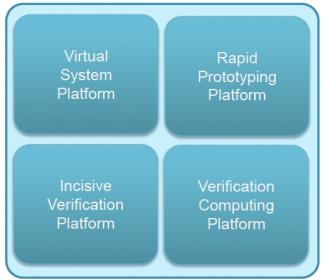
Ran Avinun
 I had the pleasure of speaking with Ran Avinun, a marketing group director at Cadence by phone last week to learn more about this.
I had the pleasure of speaking with Ran Avinun, a marketing group director at Cadence by phone last week to learn more about this.
Q: What’s so different with your four platforms?
A: They are actually designed to work together, instead of four point tools that don’t talk to each other.
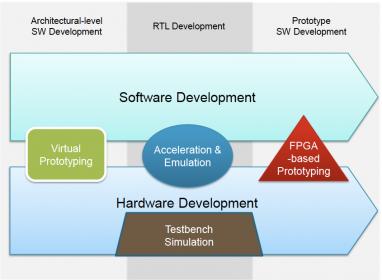
Q: Why would I use Cadence tools for my system design?
A: With this new approach you’ll have tools that are Open, Connected and Scalable.
Q: Who is using the new platforms?
A: NVIDIA is using three of the platforms: Rapid Prototyping, Incisive, Verification Computing.
Q: What makes your Rapid Prototyping Platform special?
A: It’s fast to bring up your new system, because it uses an ASIC flow, not an FPGA flow (although it uses FPGA chips).
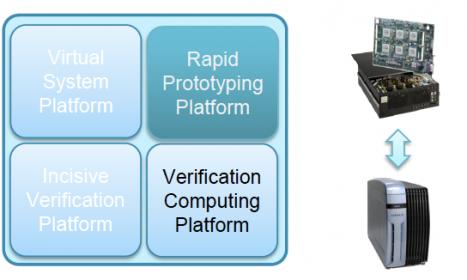
Q: Do I have to tweak my RTL code to make it work on the FPGAs?
A: No, just stick to your familiar ASIC coding style and flow.
Q: How many gates can I prototype?
A: Each board holds up to 30M ASIC gates.
Q: What is the Virtual System Platform all about?
A: It is more software centric and allows TLM (Transaction Level Models) and RTL to work together.
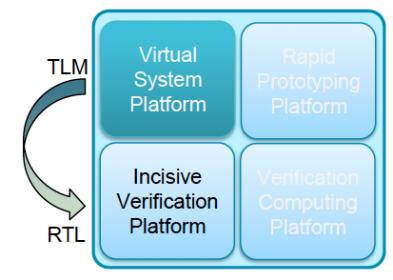
Q: What kind of systems would model best in the Virtual System Platform?
A: ARM-based designs, wireless multimedia, iOS or Android systems.
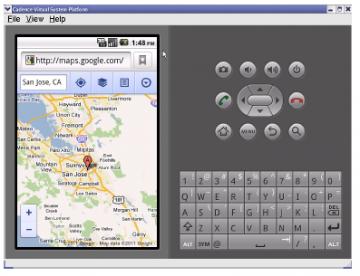
Q: Can I debug a multi-core system?
A: Yes, you can.
Q: Which models, compilers and debuggers can I use?
A: Many 3rd party companies provide these.
Q: When will the Virtual System Platform be ready?
A: Later this year.
Summary
Cadence is now offering all four platforms for systems designers: Virtual System, Incisive Verification, Verification Computing and Rapid Prototyping. These platforms are not just point tools rather they were designed to play together which should enable concurrent hardware and software design. Mentor and Synopsys have some new competition to consider in the systems design space.





Comments
There are no comments yet.
You must register or log in to view/post comments.